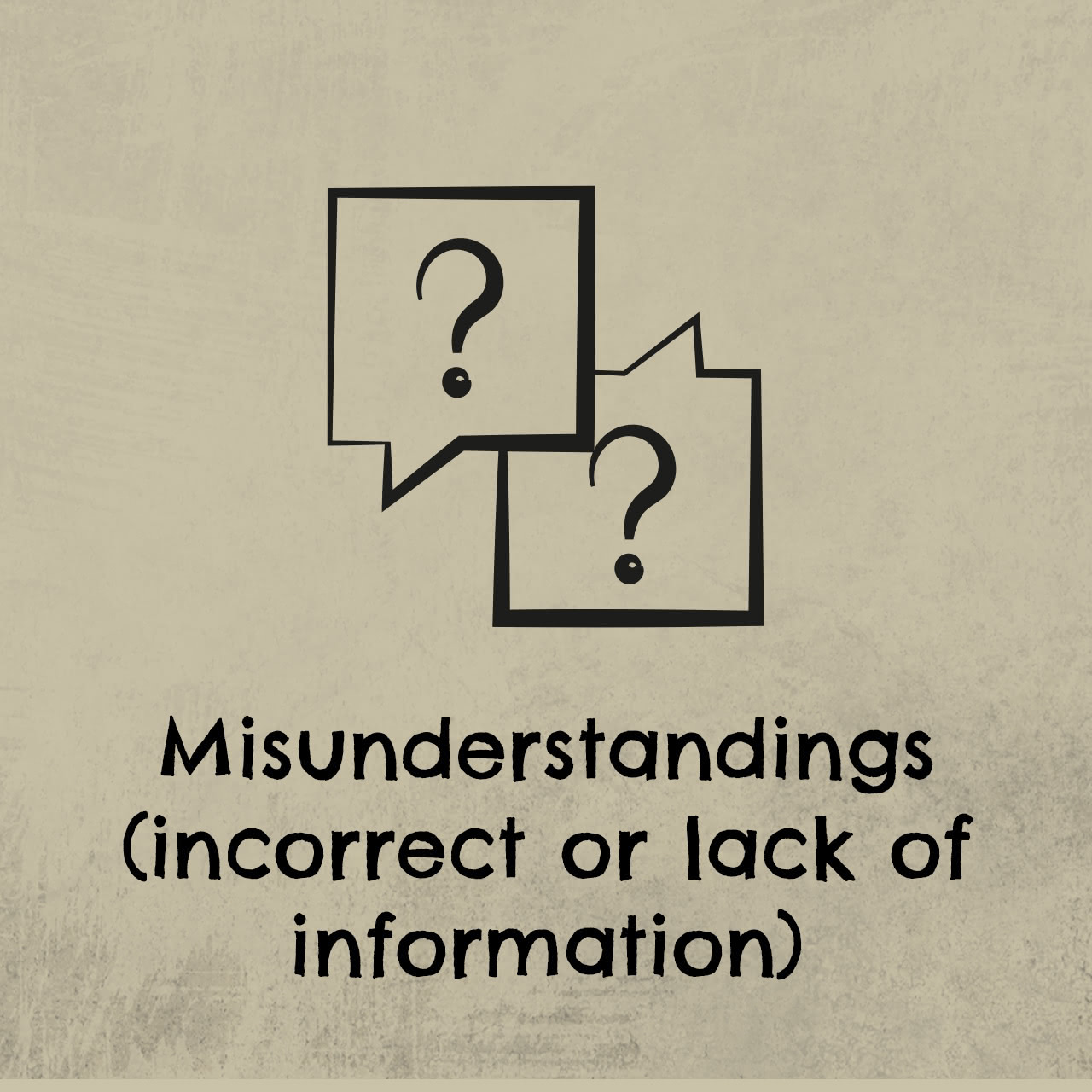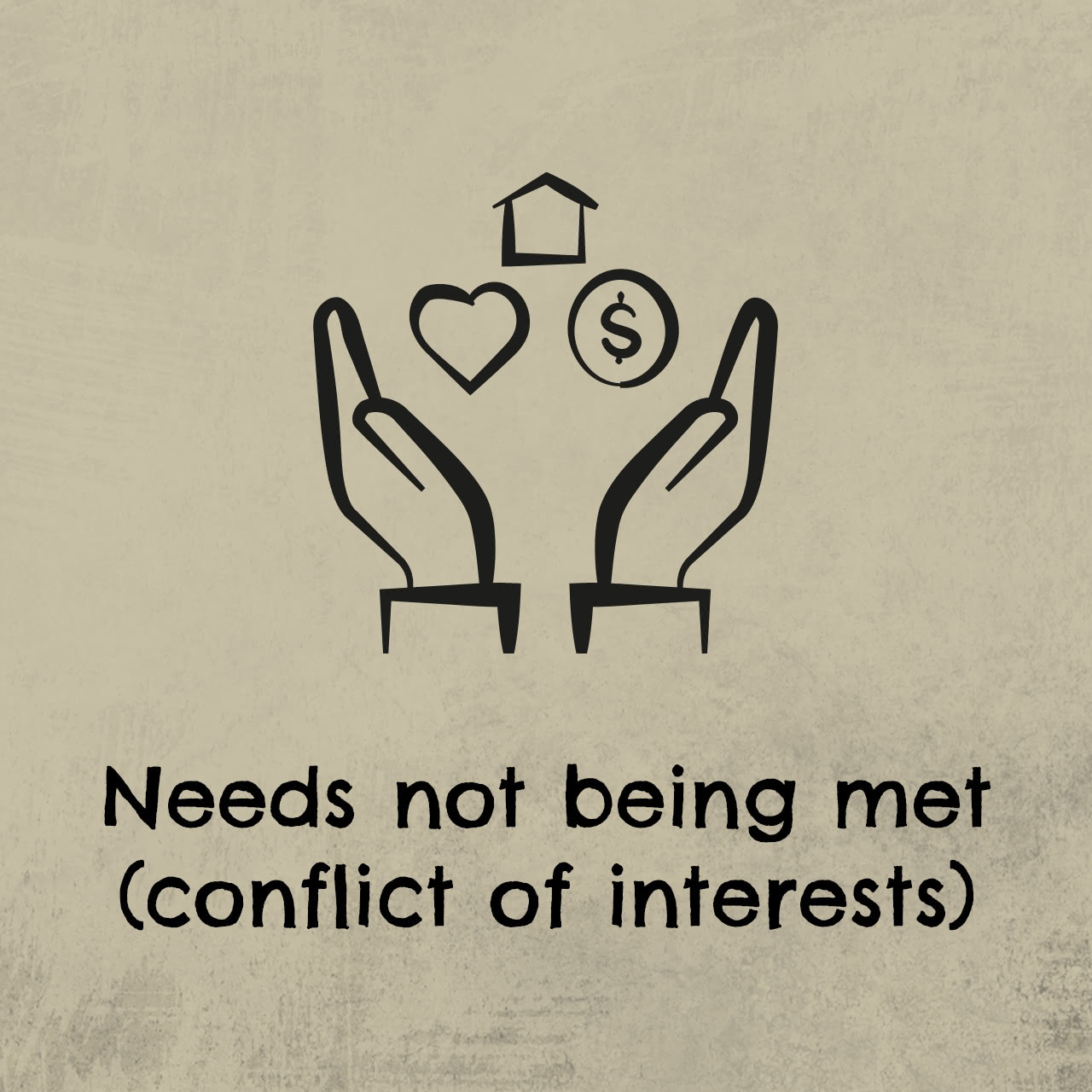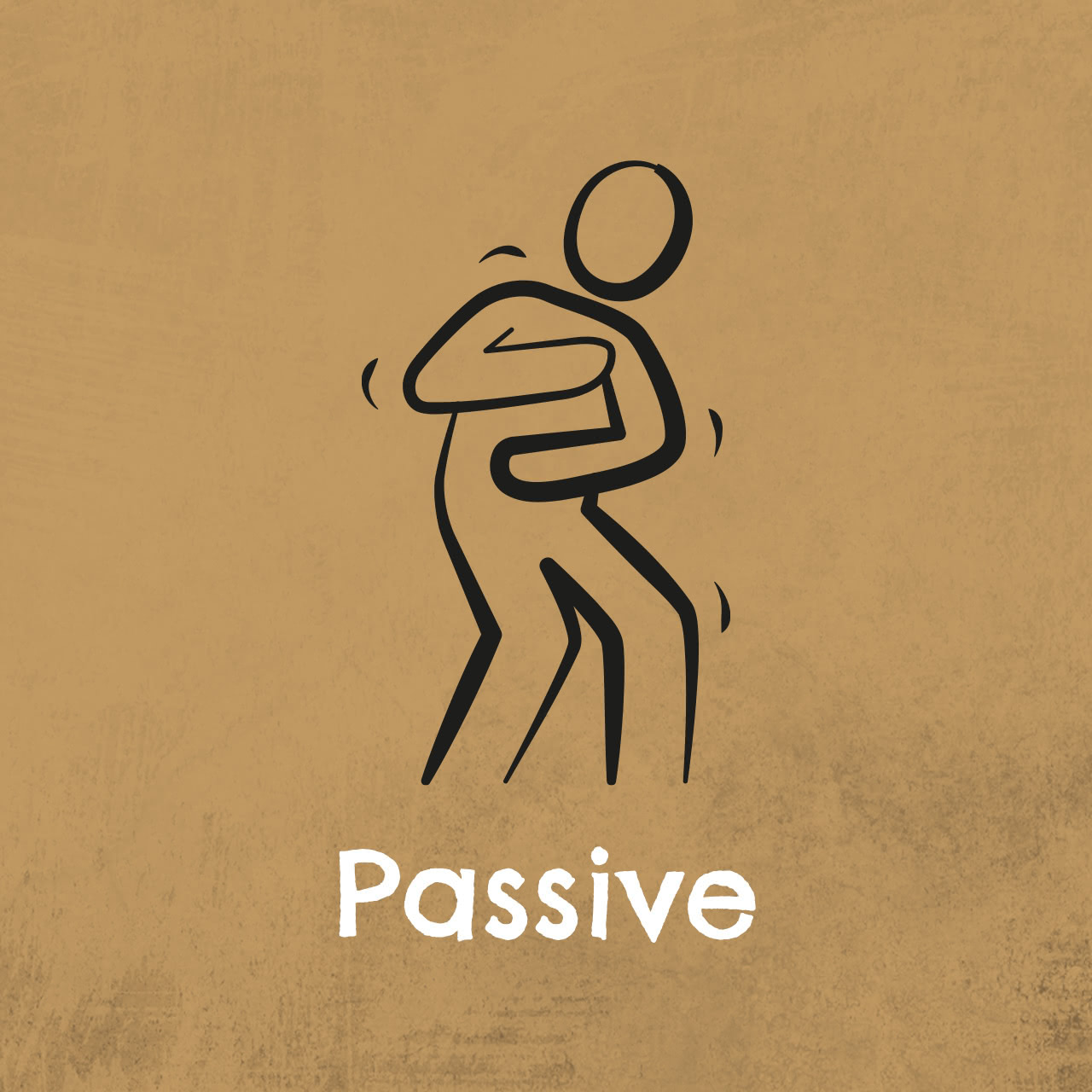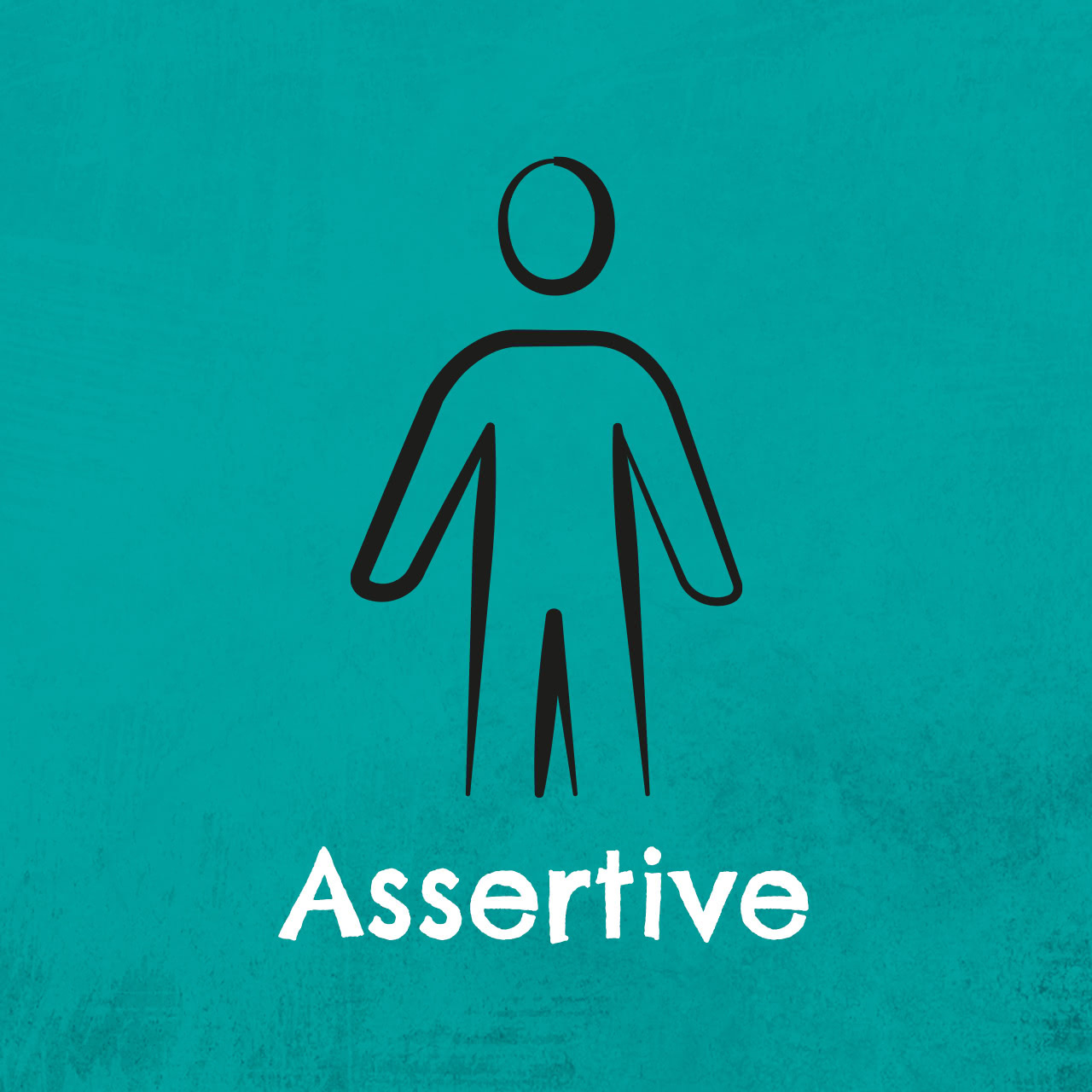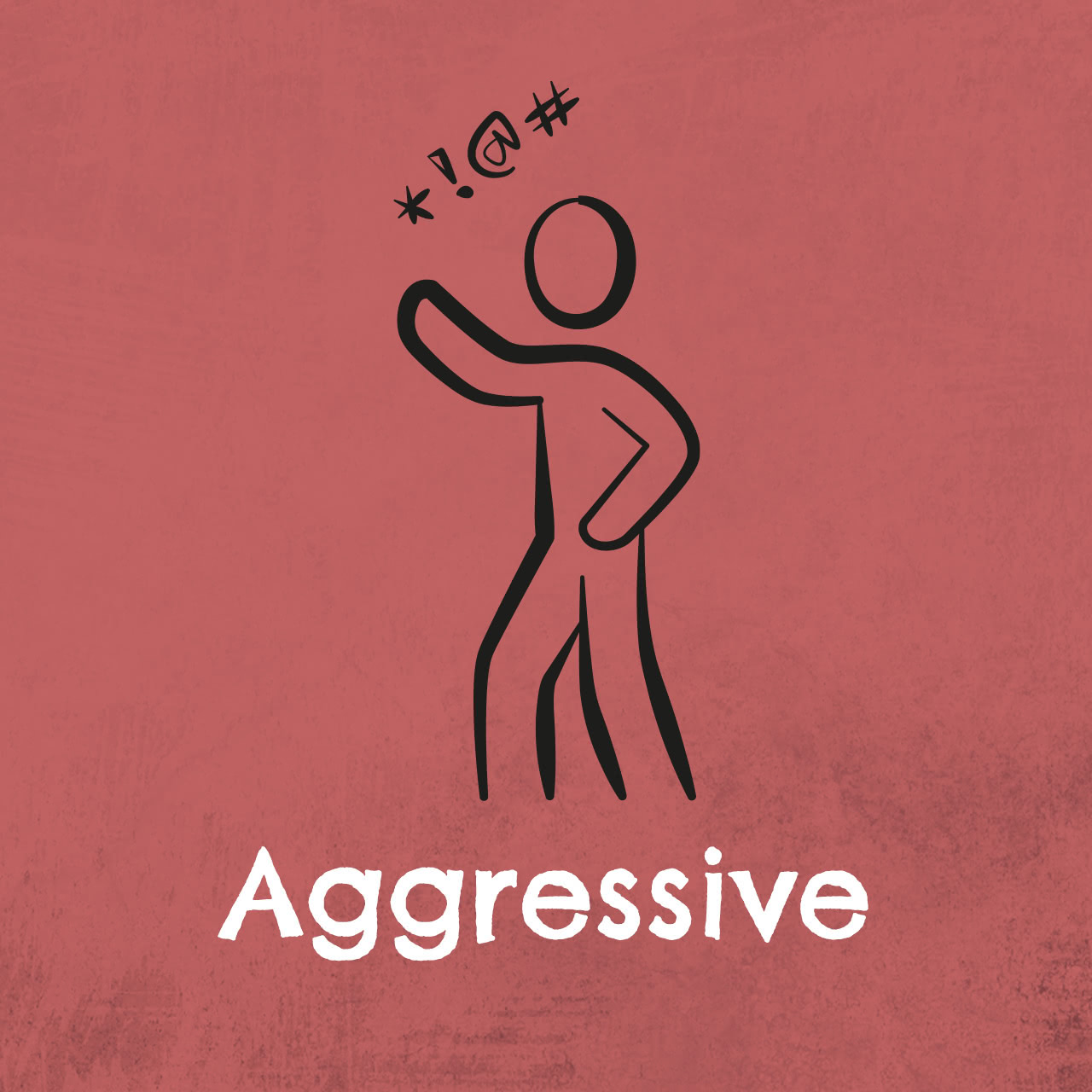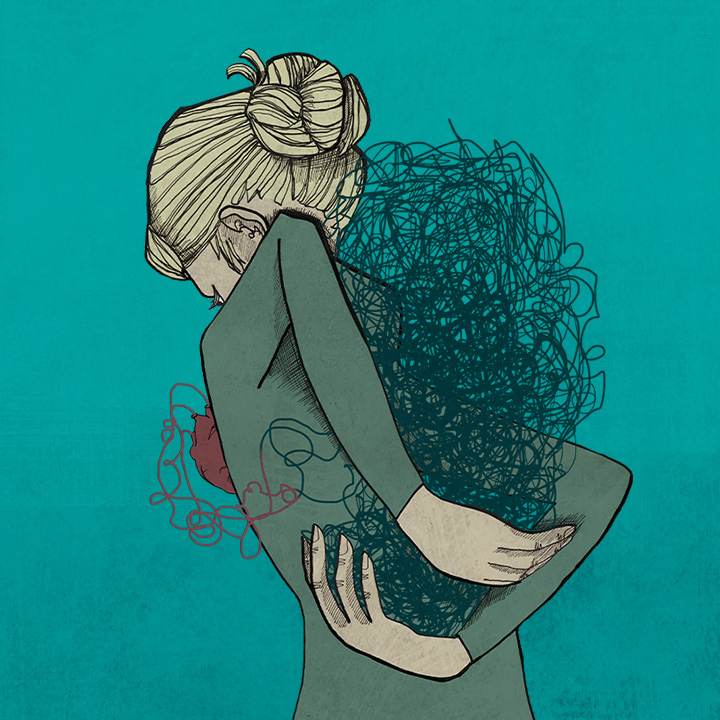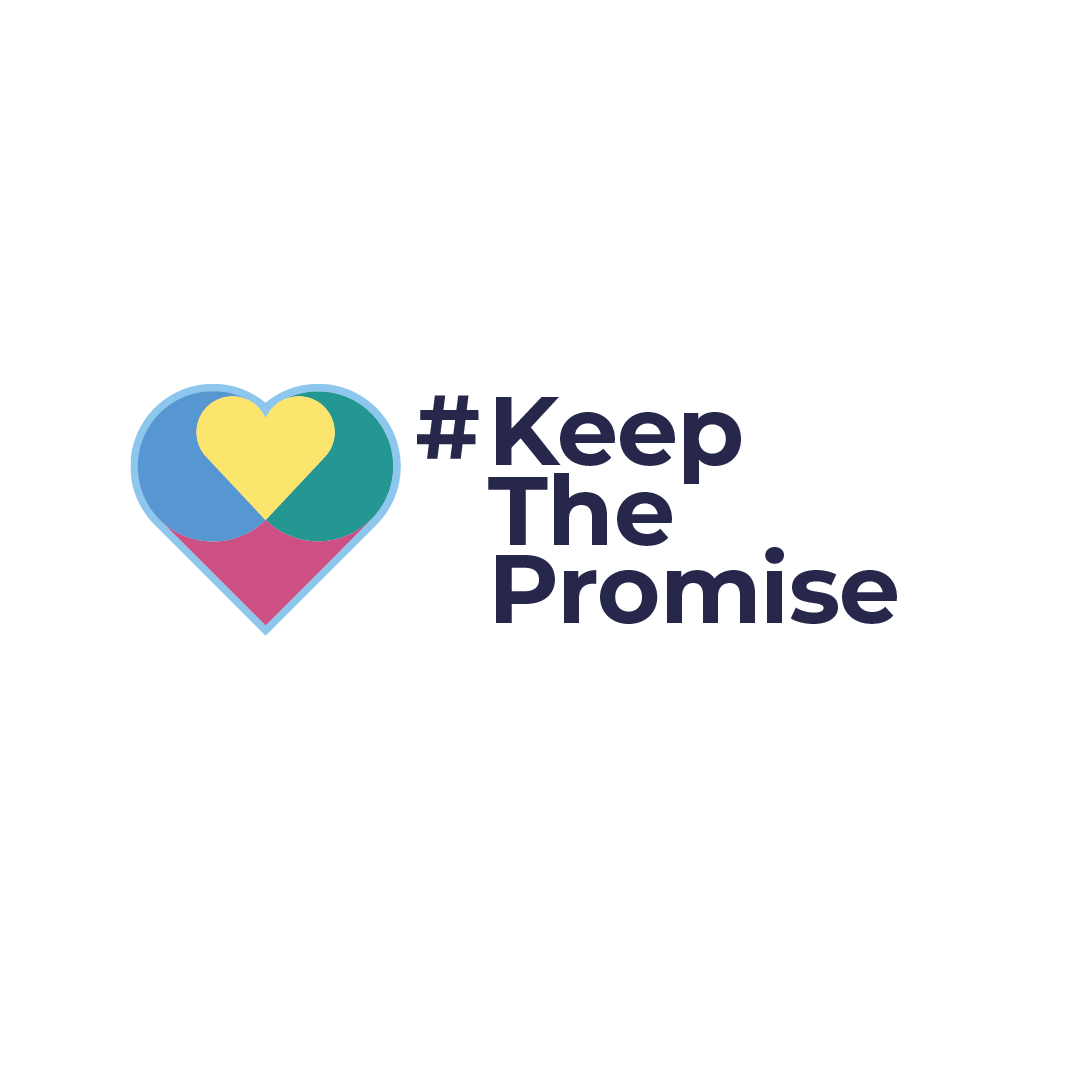Our Relationships
After completing this section, you will be able to: explain what conflict is; describe five different ways to think about conflict styles; become a better communicator so you can resolve conflicts; and, understand different styles of communication.

Relationships and Conflict
Relationships are all the connections we make with the people around us. There are lots of different types of relationships and some will be stronger. Conflict can be good or bad depending on how we approach the problem. When conflict is DESTRUCTIVE it can escalate quickly, and have a negative effect on our relationships, physical health, and mental wellbeing, especially if it is happening regularly. However, CONSTRUCTIVE conflict is essential. We need it to solve problems, share ideas, create new things and challenge injustice. Resolving conflict constructively can help strengthen our relationships.
Causes of conflict
Conflict is a normal part of life. There are lots of different causes of conflict. What is causing conflict in your relationships? Below are some examples of things that might cause conflict?
Conflict management
There are five different ways to understand conflict. We might prefer one over the others, but they all have their uses. In an ideal world, we would be able to move between the different ways to deal with conflict according to which one best suits the situation.
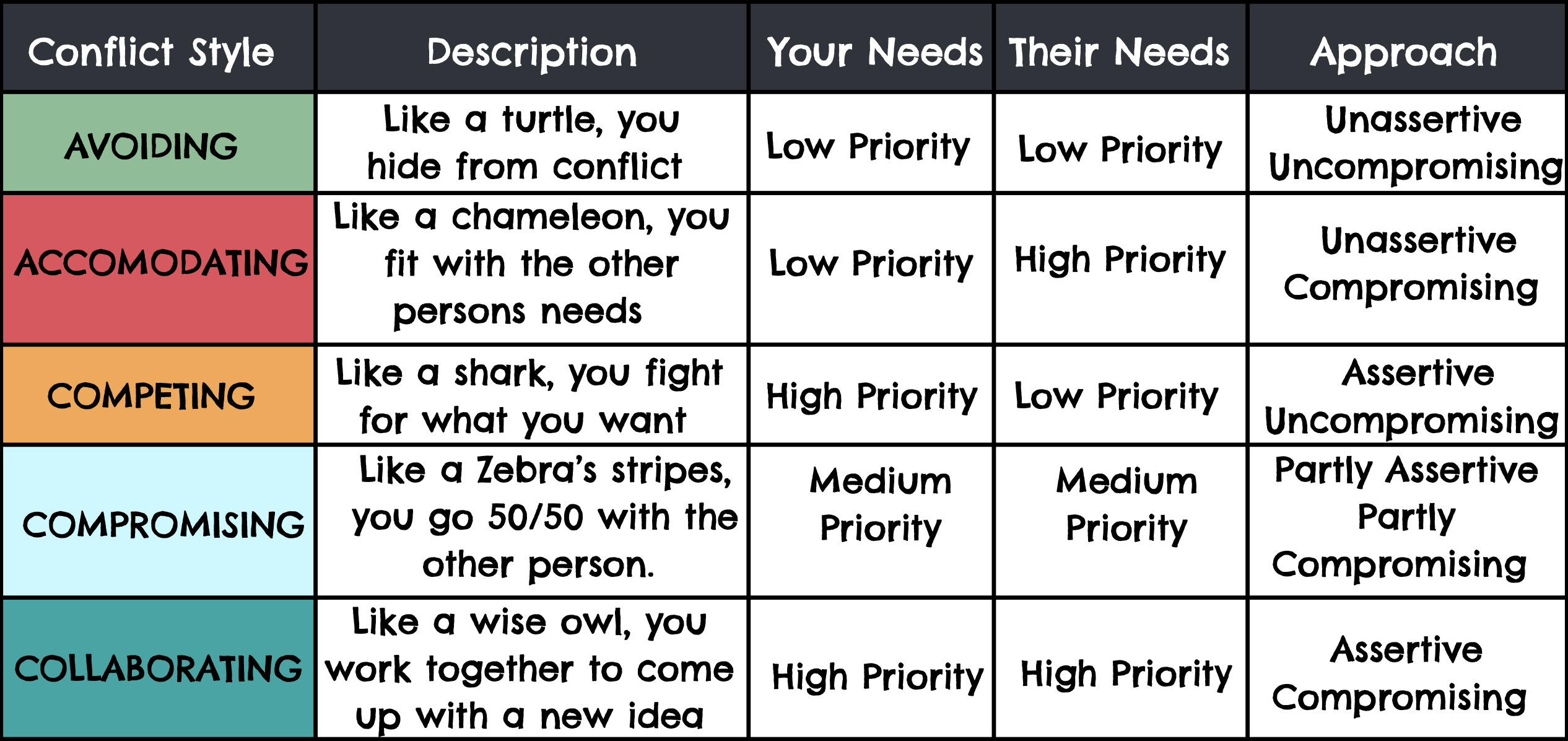
Resolving conflict
Here are ten quick top tips for resolving conflict
- Think about where and when.
- Understand your own emotions and needs.
- Try to express how you feel with words.
- Try to listen with an open mind.
- Take turns speaking.
- Avoid being rude, insulting or judgemental.
- Know when to take a break.
- Maintain a calm voice.
- Focus on the problem, not the person.
- Aim to find a solution.
Listening
Listening is one of the most important communication skills. Listening can:
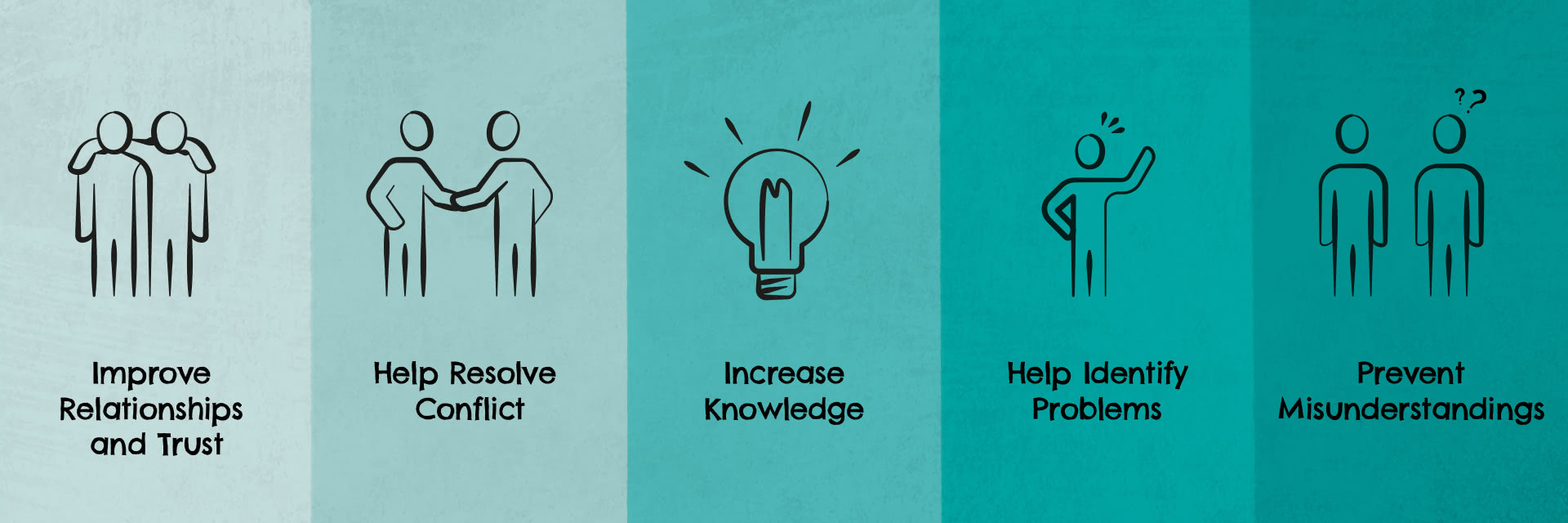
I-statements
When we fall out with someone, we often use ‘blaming statements’ such as ‘you always’ or ‘you never’. Problem is, that doesn’t give us the space to explain how we’re feeling, while the other person can get defensive, shutting conversation down before we resolve our conflict. If we use ‘I’ and ‘we’ instead, we can say what we think and encourage others to do the same. These are called ‘I-Statements’ and are made up of two parts.
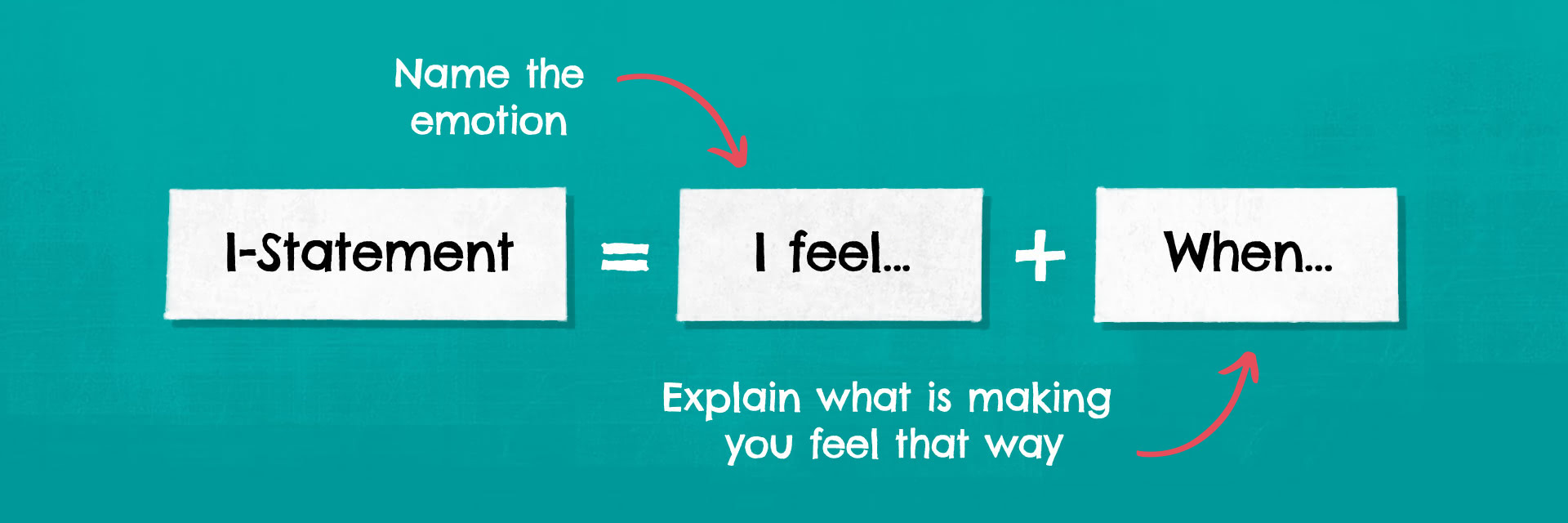
Communication Styles
Summary
- Conflict can be constructive or destructive depending on how we approach it.
- Sometimes resolving conflict involves having difficult conversations. It can be helpful to take turns speaking, use respectful language, stay calm, keep an open mind, and focus on finding a solution.
- Listening is an important communication and conflict resolution skill.
- There are different communication styles. The most useful for conflict resolution is ‘assertive communication’, which is being respectful of the other person while ensuring your needs are met.
It's not the end of the story!
If you want to learn more about yourself, choose one of the modules below.


